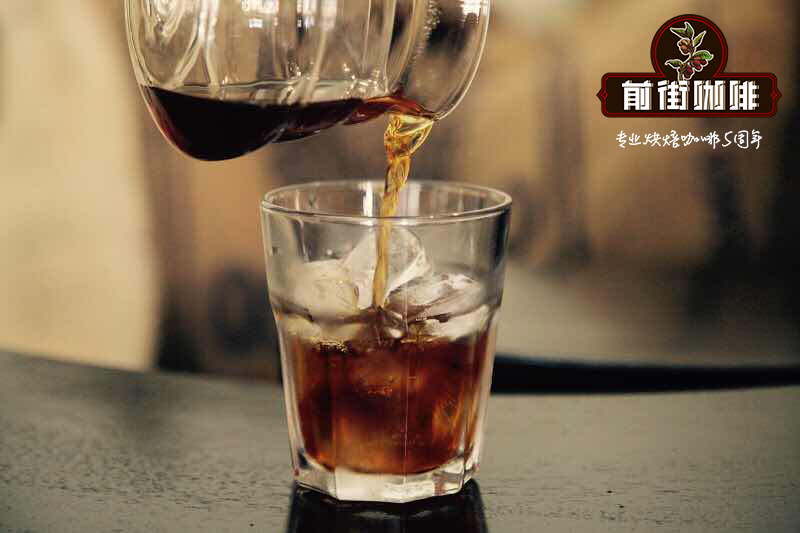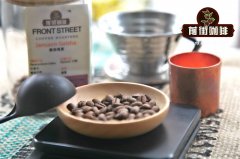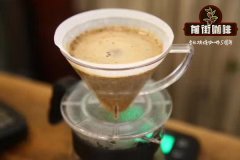How is Kenyan coffee graded? How do Kenyan coffee elephant beans come from

Professional coffee knowledge exchange more coffee bean information please follow the coffee workshop (Wechat official account cafe_style)
There are many kinds of coffee, and each has its own grade. If you want to have a cup of coffee, there are many different choices. Among them, beans from the same producing area are divided into several grades.
Kenyan coffee grading system (official, washed beans)
Tips: Kenya coffee grading is mainly based on the size of coffee particles, usually divided into eight grades. This article selects a few common instructions.
E (elephant bean): the "E" here stands for "Elephant", that is, "elephant", but it is not the elephant bean in the coffee bean breed. It is a kind of bean that is abnormal in development and two seeds are intertwined to form a "seemingly one" bean, which can be regarded as a flaw. Generally speaking, there are two seeds in a fruit, affixed face to face, so there will be a flat side, called flat beans, mother beans or double beans. E is two seeds in the process of growing up, stick together and become super-big beans! The size of grade E particles is more than 18 mesh (1 mesh is 1x64 inches), and the number is rare.
AA: the size of this grade is about 17018 items (about 6.7~7.1mm), which is the Kenyan coffee grade that most people often hear. In boutique coffee, this grade is usually called AA TOP, which is also a bean that most coffee shops will sell. But AA does not represent the best, it is just that the size of beans should not be confused with flavor. (CoffeeMart recommends Kenyan AA TOP coffee beans)
AB: most coffee beans are in this classification, and they are called AB mainly because the filter size of An is 6.80mm and that of B is 6.20mm, and these two sizes of coffee beans (An and B) are sold together, so they are called AB, with a size of about 15 million 16 mesh (about 6.0~6.4mm). (CoffeeMart recommends Kenyan AB TOP coffee beans)
C: the particle size falls between 14015 mesh (about 5.6~6.0mm), which is smaller than that of B grade.
PB: it is called Peaberry in English, and Taiwan is often called small round beans, which can also be called public beans or single peas. Compared with ordinary flat beans, this is also rare, accounting for about 10% of all coffee beans, mainly because only one seed in the fruit has developed to get small and round beans. Some people will particularly like the flavor of PB, so they will pick out the PB and sell it.
TT: these coffee beans are light beans selected from AA and AB beans by air sorter. They are usually light in weight and substandard in hardness, as well as broken and defective beans.
T: the lighter beans selected from Grade C beans? Broken beans, even broken fragments of beans.
MH/ML: this kind of coffee beans will not be exported. They are usually coffee beans that are overripe and fall to the ground. They are of poor quality, accounting for about 7% of all coffee beans, only for the Kenyan domestic market.
Little knowledge: why are E-grade beans produced? Generally speaking, there are two seeds in a fruit that fit face to face, so one side of the coffee bean is called flat bean, mother bean or double bean. But E-grade beans are two seeds that stick together in the process of growth and become super-large beans, which is a naturally occurring variation.
As for the distinction of quality, Kenya uses the digital grading method to distinguish the quality of coffee, but this digital grading method is not very publicized, so few people know about it. Therefore, in terms of classification, particles are used first, and the PB grades with different shapes are about the same as AA, but if they are manor or +, they are advanced by two or one grade respectively. For example, AB Manor beans are about the same as AA+ and PB+.
As the production situation is different from year to year, it will directly improve the quality of coffee beans. Grading is for reference only.
Important Notice :
前街咖啡 FrontStreet Coffee has moved to new addredd:
FrontStreet Coffee Address: 315,Donghua East Road,GuangZhou
Tel:020 38364473
- Prev

Hand-made coffee deep roasting coffee beans taste good is not bitter? Which acid is the difference between the taste of Yejasuffi and Manning?
Professional coffee knowledge exchange more coffee bean information Please follow the coffee workshop (Wechat official account cafe_style) the degree of coffee roasting depends on the color of the appearance: light, medium or dark, although this is not the most accurate way to judge the roasting degree, some coffees are naturally darker than others or
- Next

Why is Indonesian manning coffee bitter and delicious? taste and flavor characteristics of Mantenin coffee beans
Coffee workshop (Wechat official account cafe_style) Mantenin coffee beans from Sumatra, Indonesia, Asia, also known as "Sumatra coffee beans", the flavor is very rich, with aroma, bitterness and a little sweetness, and even slightly sour taste, that sour taste is very comfortable, not exciting. that
Related
- Detailed explanation of Jadeite planting Land in Panamanian Jadeite Manor introduction to the grading system of Jadeite competitive bidding, Red bid, Green bid and Rose Summer
- Story of Coffee planting in Brenka region of Costa Rica Stonehenge Manor anaerobic heavy honey treatment of flavor mouth
- What's on the barrel of Blue Mountain Coffee beans?
- Can American coffee also pull flowers? How to use hot American style to pull out a good-looking pattern?
- Can you make a cold extract with coffee beans? What is the right proportion for cold-extracted coffee formula?
- Indonesian PWN Gold Mandrine Coffee Origin Features Flavor How to Chong? Mandolin coffee is American.
- A brief introduction to the flavor characteristics of Brazilian yellow bourbon coffee beans
- What is the effect of different water quality on the flavor of cold-extracted coffee? What kind of water is best for brewing coffee?
- Why do you think of Rose Summer whenever you mention Panamanian coffee?
- Introduction to the characteristics of authentic blue mountain coffee bean producing areas? What is the CIB Coffee Authority in Jamaica?

